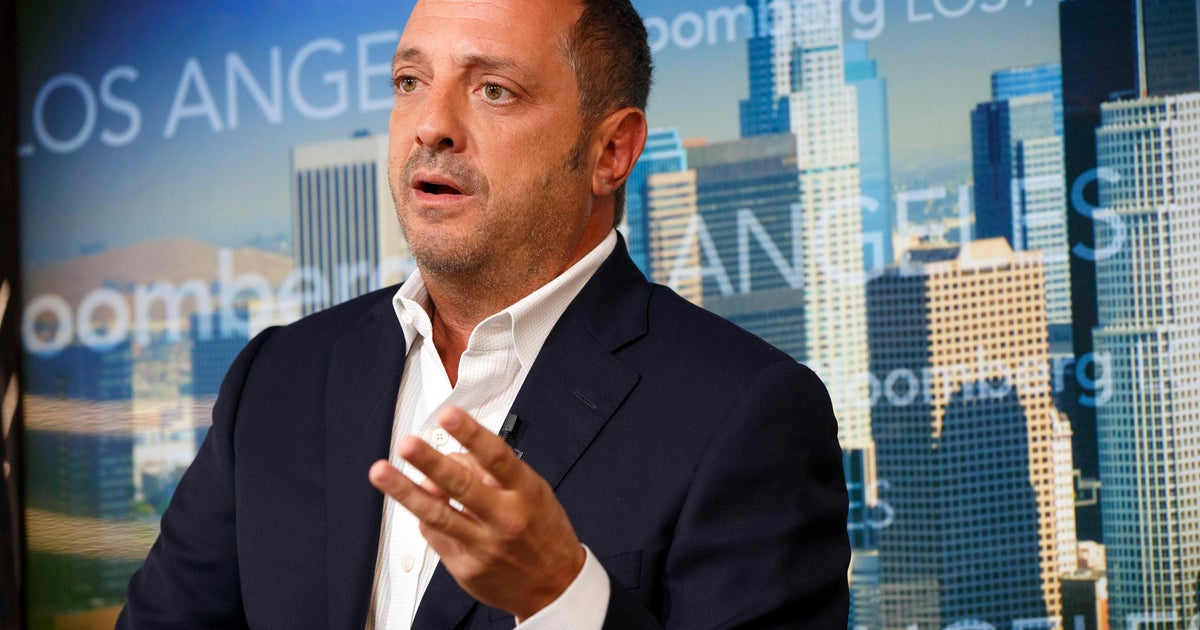Mail delivery slowdown: USPS to slow delivery starting October 1
Mail delivery for many Americans will slow starting on Friday, part of Postmaster General Louis DeJoy's blueprint for overhauling the U.S. Postal Service in order to slash costs. But critics say the slower delivery standards could cause problems such as late bill delivery while more broadly undermining the public's faith in the USPS.
Almost 4 of 10 pieces of first-class mail will see slower delivery, according to Paul Steidler, senior fellow at the Lexington Institute and an expert on the postal service. That "means mail delivery will be slower than in the 1970s," he said, calling DeJoy's plan "disastrous."
Starting on October 1, the postal service's current three-day delivery standard for first-class mail — letters, bills, tax documents and the like — will drop to delivery anywhere within the U.S. within five days. In other words, Americans should now expect that letters and other mail could take up to five days to reach their destinations, and vice versa.
The USPS will continue to have a two-day delivery standard for single-piece first-class mail traveling within a local area, a USPS spokeswoman said, adding that the postal service has improved its delivery standards in 2021.
"The postal service has shown steady improvements for all first-class mail, marketing and periodical mail categories over the last seven months," she said in an email to CBS MoneyWatch. "We have worked tirelessly to overcome challenges from recent storms and continue to recruit thousands of employees for the upcoming holiday peak season."
But critics like Steidler say people in rural areas, the disabled and the elderly will feel the effects of the new mail delivery standards. "It's the least fortunate who will be hurt hardest by this," he said. "Everything in American society is getting faster, it seems, except for the mail delivery — which is now going to get slower."
It's possible that people who are paying their bills by mail and not prepared for the change could incur late fees, for instance, if their checks don't arrive on time. Others may face longer delivery times for important documents such as tax forms or passports. The change could further undermine customers' faith in the U.S. Postal Service, which took a hit in 2020 when delivery delays snarled everything from prescription medication to election ballots, experts say.
$160 billion projected loss
The USPS contends that its 10-year plan is necessary to erase a projected $160 billion loss over the next decade. The effort aims to boost revenue through expanded parcel delivery and postage hikes, with the latest postage increase having gone into effect in August.
But the Postal Regulatory Commission (PRC), the federal regulator that oversees the USPS, earlier this year questioned if the postal service's plan to slow delivery standards would save money.
"Reducing service will only discourage use of the U.S. Mail, which is not a formula for long-term financial health and stability," said Christopher W. Shaw, the author of the forthcoming book "First Class: The U.S. Postal Service, Democracy and the Corporate Threat," in an emailed statement.
On Friday, a bipartisan group of 40 lawmakers asked Postmaster DeJoy for more information about the consolidation of 18 mail-processing facilities, part of his 10-year plan. In the October 1 letter, the lawmakers raise concerns about whether closing the facilities would "further degrade mail service heading into the busy holiday season," as well as lead to job losses.
"We believe that at a minimum, these consolidations should be paused until further information about the justification and impact is made public," representatives including Suzan DelBene, a Democrat from Washington, and Mike Simpson, a Republican from Idaho, wrote in the letter.
Slower delivery for Western states
Among the regions that will feel the greatest impact are Western states like California and Nevada, as well as Florida, according to a Washington Post analysis of the USPS delivery changes earlier this year. Other pockets across the nation will also suffer from slower delivery times, according to an analysis from Steve Hutkins, a retired New York University professor who runs a blog called Save the Post Office.
Earlier this year, a group of 21 state attorneys general asked the PRC to reject the USPS' plan to slow deliveries, calling it a "misguided effort" that would harm election mail and mailings of essential documents such as passports. They also said the slowdown would have a disproportionate impact on the elderly, rural residents and the disabled.
The USPS on Monday said consumers should expect "a day or two of transit time" added for some first-class mail and magazines "traveling the greatest distances."
"We'll make better use of our trucks and existing surface network to move the mail, relying less on costly air transportation," the agency said in a statement. "By improving service reliability and increasing efficiency, we can keep costs at reasonable levels and help keep postage rates affordable for our customers."
That might help the USPS' bottom line, but consumers should be aware that their mail could take longer to reach their destinations — and that the change is permanent, unless Congress gets involved or attorneys general sue the USPS, experts said.
"When you reduce standards you perpetuate a vicious downward cycle," Steidler said. "You tell people you can take your time delivering it. It causes people to lose confidence in the mail."




